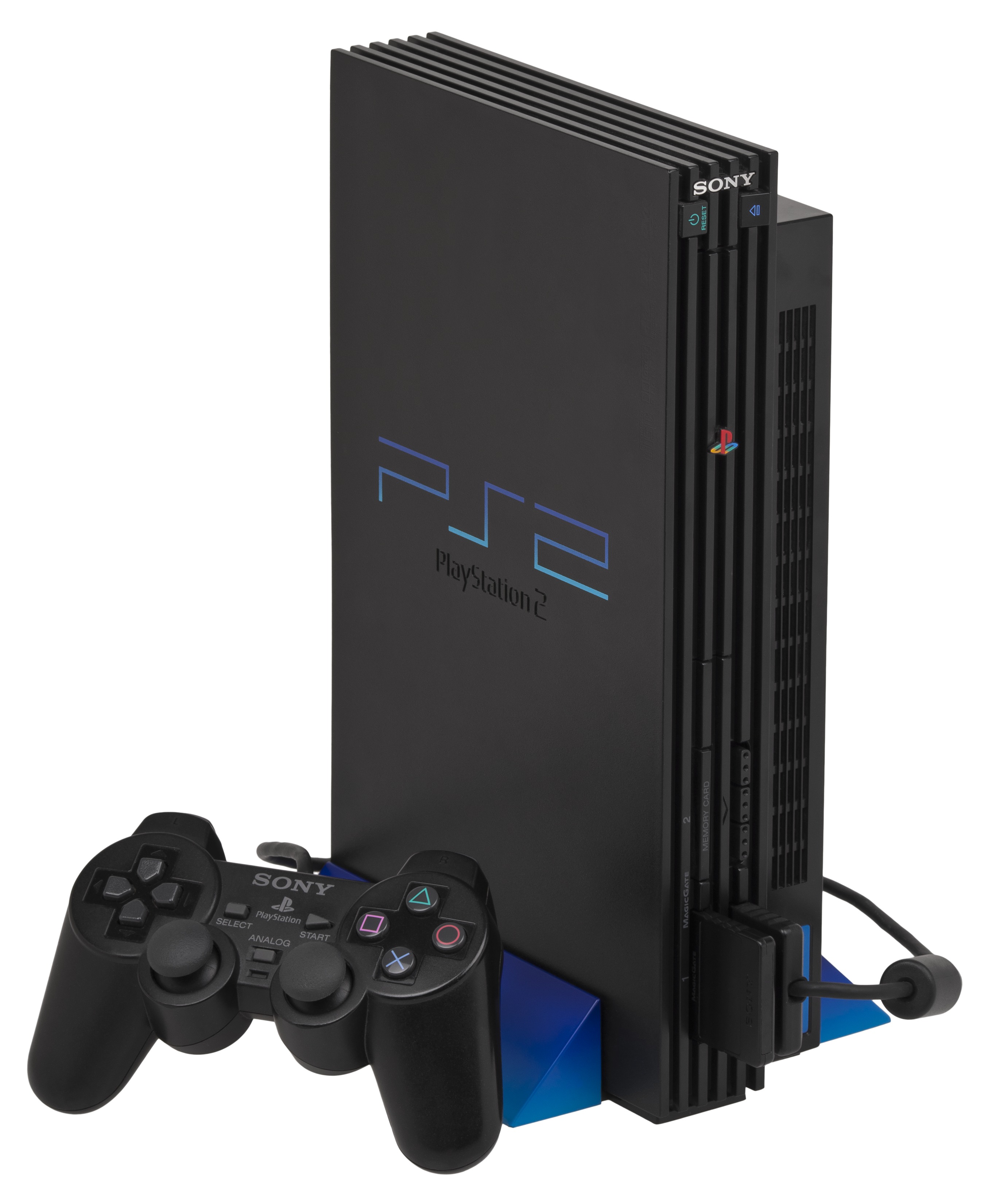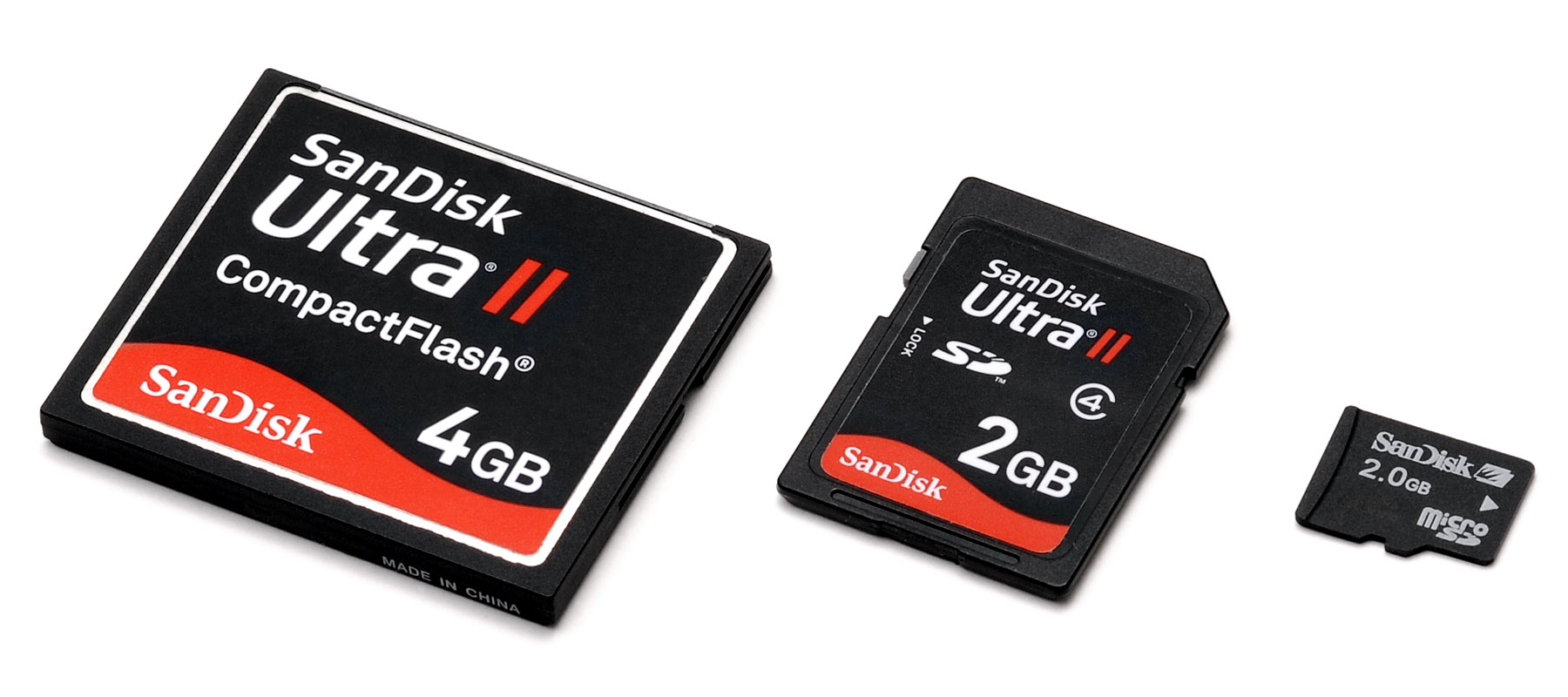|
VMU
The Visual Memory Unit (VMU), also referred to as the (VMS) in Japan, is the primary memory card produced by Sega for the Dreamcast home video game console. The device features a monochrome liquid crystal display (LCD), multiplayer gaming capability (via connectors at the top), second screen functionality, a real-time clock, file manager, built-in flash memory, and sound capability. Prior to the launch of the Dreamcast, a special Godzilla edition VMU, preloaded with a virtual pet game, was released on July 30, 1998, in Japan. While its most basic function is as a removable storage device, the VMU may also serve as an auxiliary display during normal gameplay and, through the use of additional software (distributed as extras on Dreamcast GD-ROMs), acts as a handheld game console. Console-like features of the VMU include a screen, speaker, proper directional pad, four action buttons, the ability to connect and interact with other VMUs, and the ability to download additional g ... [...More Info...] [...Related Items...] OR: [Wikipedia] [Google] [Baidu] |
Dreamcast
The is the final home video game console manufactured by Sega. It was released in Japan on November 27, 1998, in North America on September 9, 1999 and in Europe on October 14, 1999. It was the first sixth-generation video game console, preceding Sony's PlayStation 2, Nintendo's GameCube, and Microsoft's Xbox. The Dreamcast's discontinuation in 2001 ended Sega's 18 years in the console market. A team led by Hideki Sato began developing the Dreamcast in 1997. In contrast to the expensive hardware of the unsuccessful Saturn, the Dreamcast was designed to reduce costs with off-the-shelf components, including a Hitachi SH-4 CPU and an NEC PowerVR2 GPU. Sega used the GD-ROM media format to avoid the expenses of DVD-ROM technology. Developers were able to include a custom version of the Windows CE operating system on game discs to make porting PC games easy, and Sega's NAOMI arcade system board allowed nearly identical conversions of arcade games. The Dreamcast was the ... [...More Info...] [...Related Items...] OR: [Wikipedia] [Google] [Baidu] |
Sonic Adventure
is a 1998 platform game developed by Sonic Team and published by Sega for the Dreamcast. It was the first main ''Sonic the Hedgehog'' game to feature 3D gameplay. It follows Sonic the Hedgehog (character), Sonic the Hedgehog, Miles "Tails" Prower, Knuckles the Echidna, Amy Rose, Big the Cat, and E-102 Gamma in their quests to collect the Chaos Emeralds and stop Doctor Ivo Robotnik from unleashing Chaos (Sonic the Hedgehog character), Chaos, an ancient evil. Controlling one of the six characters—each with their own abilities—players complete Level (video gaming), levels to progress the story. ''Sonic Adventure'' retains many elements from prior ''Sonic'' games, such as power-ups and the Rings (Sonic the Hedgehog), ring-based Health (gaming), health system. Players can play minigames such as racing and interact with Chao (Sonic the Hedgehog), Chao, a virtual pet. Sonic Team began developing ''Sonic Adventure'' in 1997, after the cancellation of the Sega Saturn game ''Sonic X ... [...More Info...] [...Related Items...] OR: [Wikipedia] [Google] [Baidu] |
Sixth Generation Of Video Game Consoles
In the history of video games, the sixth generation era (in rare occasions called the 128-bit era; see "bits and system power" below) is the era of computer and video games, video game consoles, and handheld gaming devices available at the turn of the 21st century, starting on November 27, 1998. '' Platforms'' in the sixth generation include consoles from four companies: the Sega Dreamcast (DC), Sony PlayStation 2 (PS2), Nintendo GameCube (GC), and Microsoft Xbox. This era began on November 27, 1998, with the Japanese release of the Dreamcast, which was joined by the PlayStation 2 on March 4, 2000, the GameCube on September 14, 2001 and the Xbox on November 15, 2001, respectively. The Dreamcast was among the first to be discontinued in 2001, followed by GameCube in 2007, Xbox in 2009, and PlayStation 2 in 2013. Meanwhile, the seventh generation of consoles started on November 22, 2005, with the launch of the Xbox 360. The major innovation of this generation was of full utilizat ... [...More Info...] [...Related Items...] OR: [Wikipedia] [Google] [Baidu] |
Memory Card
A memory card is an electronic data storage device used for storing digital information, typically using flash memory. These are commonly used in digital portable electronic devices, such as digital cameras as well as in many early games consoles such as the Neo Geo. They allow adding memory to such devices using a card in a socket instead of protruding USB flash drives. Common types of flash memory card include SD cards (including microSD), Sony's Memory Stick and CompactFlash. , SD cards are the most common type of memory cards. History The basis for memory card technology is flash memory. It was invented by Fujio Masuoka at Toshiba in 1980 and commercialized by Toshiba in 1987. The development of memory cards was driven in the 1980s by the need for an alternative to floppy disk drives that had lower power consumption, had less weight and occupied less volume in laptops. Some were also marketed as a lower cost alternative to ROM cartridges. Several competing and inc ... [...More Info...] [...Related Items...] OR: [Wikipedia] [Google] [Baidu] |
Metropolis Street Racer
''Metropolis Street Racer'' (''MSR'') is a racing video game developed by Bizarre Creations and published by Sega exclusively for the Dreamcast. Initially intended as a launch title for the Dreamcast, its release in Europe was delayed until November 2000, with a North American version following in January 2001. A Japanese version was anticipated by February 22, 2001, but was ultimately canceled after Sega discontinued support for the Dreamcast. In addition to being an early example of an open world racing game, ''Metropolis Street Racer'' is notable for introducing the "Kudos" system, which rewards players for racing stylishly as well as quickly. The game features detailed and accurate recreations of the cities of London, Tokyo, and San Francisco. The music for the game was composed by Richard Jacques and is delivered through nine fictional radio stations (three for each city), similar to the ''Grand Theft Auto'' series. The day/night cycle during gameplay is realistic, as the ... [...More Info...] [...Related Items...] OR: [Wikipedia] [Google] [Baidu] |
Second Screen
A second screen involves the use of a secondary computing device to provide a different viewing experience for content on another device. The term commonly refers to the use of such devices to provide interactive features, like posts on social media platforms that take input from the audience during a broadcast, such as a television program. This type of technology is designed to keep the audience engaged with what they are watching and has been found to support social television and generate an online conversation around specific content.Mukherjee, P., and Jansen, B. J. (2015) Correlation of Brand Mentions in Social Media and Web Searching Before and After Real-Life Events: Phase Analysis of Social Media and Search Data for Super Bowl 2015 Commercials. International Workshop on Event Analytics Using Social Media Data, IEEE International Conference on Data Mining (ICDM2015) Atlantic City, New Jersey. 14–17 Nov It is a type of screen casting technology that allows a smartphone or ... [...More Info...] [...Related Items...] OR: [Wikipedia] [Google] [Baidu] |
Sega
is a Japanese video game company and subsidiary of Sega Sammy Holdings headquartered in Tokyo. It produces several List of best-selling video game franchises, multi-million-selling game franchises for arcade game, arcades and video game console, consoles, including ''Sonic the Hedgehog'', ''Angry Birds'', ''Phantasy Star'', ''Puyo Puyo'', ''Super Monkey Ball'', ''Total War (video game series), Total War'', ''Virtua Fighter'', ''Megami Tensei'', ''Sakura Wars'', ''Persona (series), Persona'', ''The House of the Dead'' and ''Yakuza (franchise), Yakuza''. From 1983 until 2001, Sega also developed List of Sega video game consoles, its own consoles. Sega was founded by Martin Bromley and Richard Stewart in Hawaii as on June 3, 1960. Shortly after, it acquired the assets of its predecessor, Service Games of Japan. In 1965, it became known as Sega Enterprises, Ltd., after acquiring Rosen Enterprises, an importer of Arcade game, coin-operated games. Sega developed its first coin-op ... [...More Info...] [...Related Items...] OR: [Wikipedia] [Google] [Baidu] |
Directional Pad
The D-pad (short for directional pad) is a compact input method developed for video games, designed to translate thumb movement into directional control through a flat, cross-shaped surface that rests on four internal switches. Each switch corresponds to a cardinal direction (up, down, left, and right), while diagonal inputs engage two switches simultaneously, enabling eight-directional control at 45-degree intervals. Beneath the center, a pivot mechanism tilts the pad, preventing all four switches from being pressed at once and enhancing tactile feedback. When introduced, the D-pad offered a space-saving, precise input method at a time when bulky joysticks dominated the market. Although analog sticks have largely superseded D-pads as the primary directional input in modern gamepads, the D-pad’s compact, intuitive, and versatile design has led to its adoption in a wide range of devices, including remote controls, calculators, PDAs, mobile phones, and car stereos. History ... [...More Info...] [...Related Items...] OR: [Wikipedia] [Google] [Baidu] |
Button (control)
A push-button (also spelled pushbutton) or simply button is a simple switch mechanism to control some aspect of a machine or a process. Buttons are typically made out of hard material, usually plastic or metal. The surface is usually flat or shaped to accommodate the human finger or hand, so as to be easily depressed or pushed. Buttons are most often biased switches, although many un-biased buttons (due to their physical nature) still require a spring to return to their un-pushed state. Terms for the "pushing" of a button include pressing, depressing, mashing, slapping, hitting, and punching. Uses The "push-button" has been utilized in calculators, push-button telephones, kitchen appliances, and various other mechanical and electronic devices, home and commercial. In industrial and commercial applications, push buttons can be connected together by a mechanical linkage so that the act of pushing one button causes the other button to be released. In this way, a stop butt ... [...More Info...] [...Related Items...] OR: [Wikipedia] [Google] [Baidu] |
Lithium Battery
Lithium battery may refer to: * Lithium metal battery, a non-rechargeable battery with lithium as an anode ** Lithium–air battery ** Lithium–iron disulfide battery ** Lithium–sulfur battery ** Nickel–lithium battery ** Rechargeable lithium metal battery, a rechargeable counterpart to the lithium metal battery * Lithium-ion battery A lithium-ion or Li-ion battery is a type of rechargeable battery that uses the reversible intercalation of Li+ ions into electronically conducting solids to store energy. Li-ion batteries are characterized by higher specific energy, energ ..., a rechargeable battery in which lithium ions move from the negative electrode to the positive electrode during discharge and back when charging ** Aqueous lithium-ion battery ** Lithium-ion flow battery ** Lithium ion manganese oxide battery ** Lithium polymer battery ** Lithium–silicon battery ** Lithium-titanate battery ** Lithium vanadium phosphate battery ** Thin-film lithium-ion ... [...More Info...] [...Related Items...] OR: [Wikipedia] [Google] [Baidu] |



